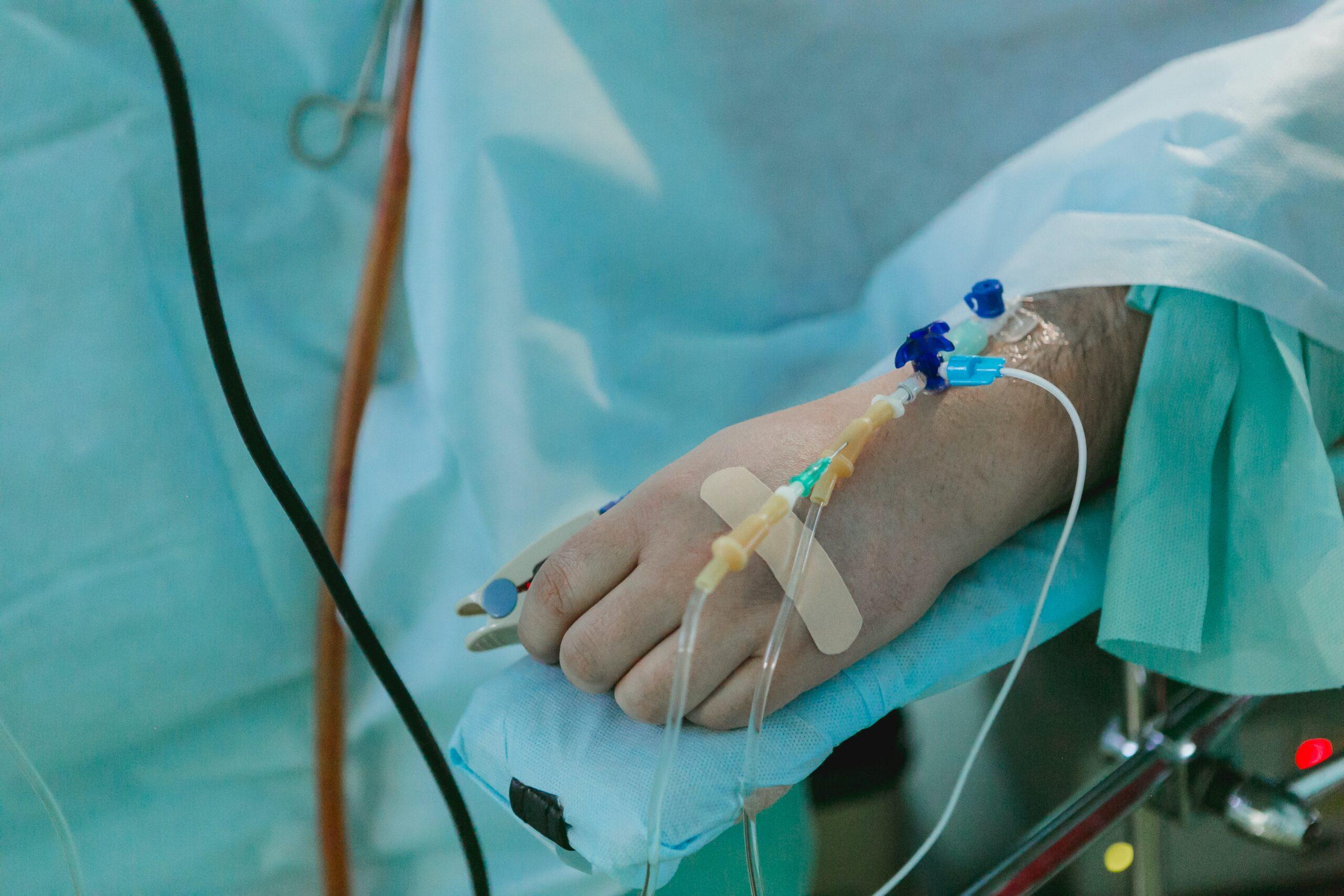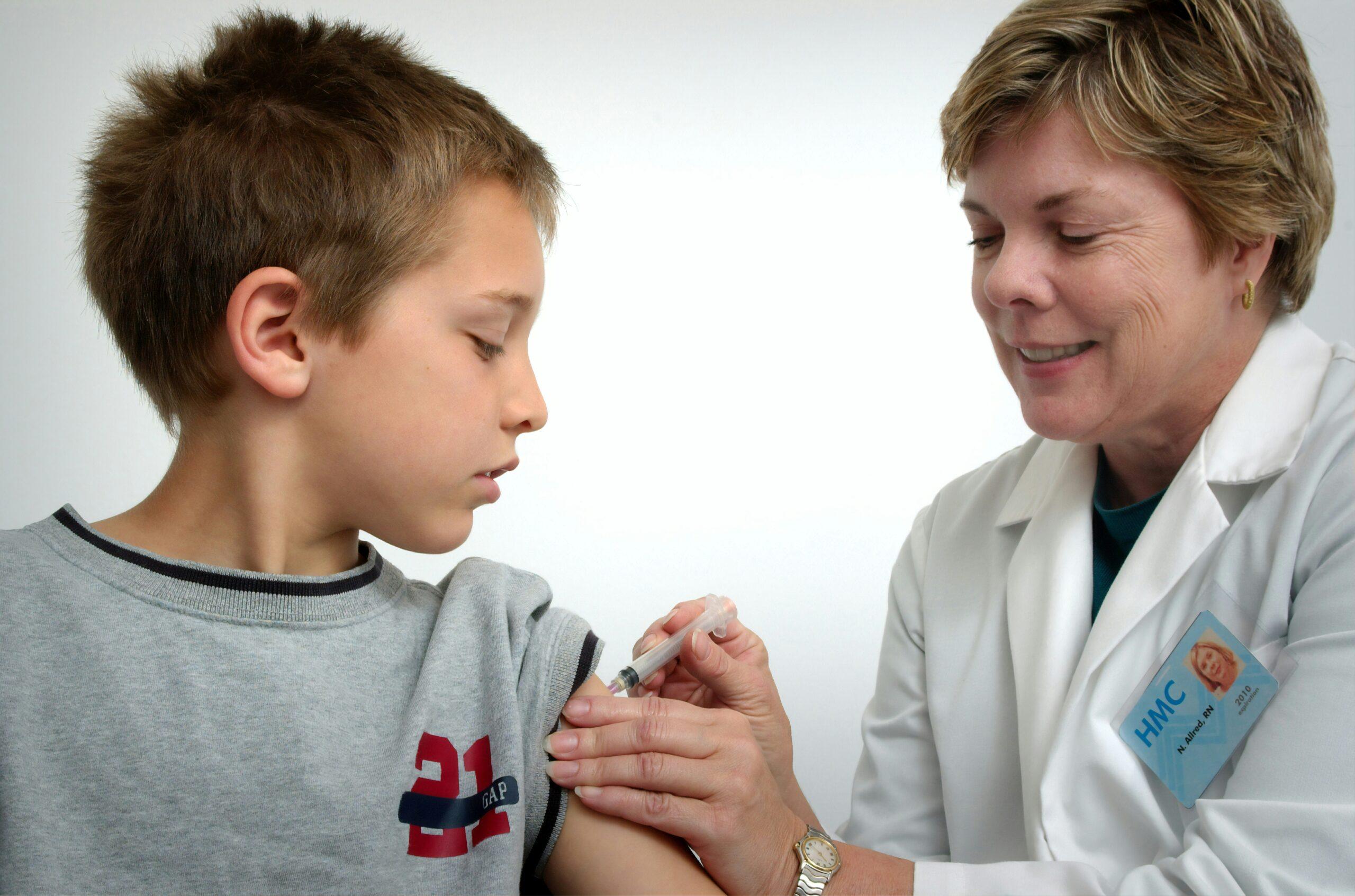As your baby grows into an active toddler, it helps to be prepared for the illnesses, bumps, bruises and scrapes that are bound to follow. Parents can get ahead of ailments and injuries by keeping the medicine cabinet stocked with these essential items.
Colds, Flu & Fever
For this age group, over-the-counter cold medications are not safe to use. Just as when your toddler was an infant, you will want to have the following items on hand.
- Nasal saline. This helps your child when he is congested. Put a few drops of nasal saline in each nostril, then use a nasal suction bulb to clear nasal passages. Your tot won’t enjoy it, but he’ll sleep, eat and drink better when he can breathe comfortably.
- Thermometer. Ear thermometers work reasonably well at this age for taking a child’s temperature. For fevers greater than 104º F, call your child’s doctor. Temporal artery thermometers and rectal thermometers can be used as an alternative.
- Acetaminophen and ibuprofen. Both of these work for reducing fever and treating pain. Ibuprofen works better for most children for very high fevers and lasts a little longer. It can be given every six hours. However, try to make sure that your child has a little food or milk in his belly when taking ibuprofen as it can be hard on the stomach over time. Call your doctor for the correct dose to give your toddler because dosing varies based on a child’s weight.
- Medicine syringe. Most toddlers are unable or unwilling to take medicine from a cup or a spoon. Having a medicine syringe to give the medication is essential.
- Petroleum jelly. This trusted product is especially great for tending to dry skin under noses when a child has a cold.
- Humidifier. While not something that would fit in your medicine cabinet, a humidifier— cool or warm— is a must when your child is congested and coughing at night.
Diarrhea and Vomiting
When the dreaded stomach bug hits and your child has diarrhea or is vomiting, keeping your child hydrated is key. Don’t worry if your tyke is unable to eat food for a day or two. It’s fluids that are essential. Also consult your pediatrician when your child has diarrhea and is vomiting as dehydration can happen more quickly than you might think. You’ll want the following items either way.
- Electrolyte solution. A solution with electrolytes like Pedialyte replaces the minerals and nutrients that your child’s body loses during diarrhea and vomiting. It’s important to give an electrolyte solution for hydration rather than water, which lacks the needed salts and sugars. And juice and sports drinks have too much sugar that can worsen diarrhea. Administer Pedialyte in small amounts of about one teaspoon every five minutes at first to ensure hydration without triggering vomiting. To learn more, download Mom’s Stomach Flu Survival Guide, on which I collaborated, at www.pedialyte.com/survivalguide.
- Probiotics. Giving your child “good” bacteria aids in restoring health in your child’s intestines. If your child is not vomiting, you can give your child yogurt, which has probiotics in it. If your child is vomiting or cannot eat yogurt, you can obtain probiotics in a powder form at most drugstores and some grocery stores. If your child has a severe milk allergy, note that many probiotics contain milk protein and should be avoided.
Bumps, Scrapes & Boo-Boos
It seems like every week another bump or scrape surfaces on active kids. Here’s how you can mitigate the situation when your child tells you he has a boo-boo.
- Ice packs. When an injury occurs, prevention of swelling is important. You can place ice packs on any injury that is not open or bleeding. Wrap the ice pack in a towel to protect the skin and to keep the ice pack clean. If you can find an ice pack that is shaped like an animal, your child will more willing to sit still during application.
- Bandages. Lots of bandages of various sizes and patterns are good to stock. Most minor boo-boos are miraculously healed when you stick a bandage over them. For bigger scrapes that cannot be covered with a normal-sized bandage, use a gauze pad and adhesive tape.
- Antibiotic ointment. Whenever there is broken skin, apply antibiotic ointment to prevent infections.
- Tweezers. Splinters are bound to happen at some point. Having a good pair of pointed tweezers assists in getting out splinters as painlessly as possible. It’s wise to sterilize tweezers and the site of injury with alcohol to avoid infection. Just beware that alcohol stings open wounds.
Rashes and Insect Bites
Toddler’s sensitive skin can make rashes and bites seem extra irksome. Sooth your child with these creams and quick fixes.
- Diaper cream. As your toddler may still be in diapers, rashes remain possible. Applying diaper cream as soon as your child has redness helps to prevent pain and protects the skin from stool and urine, allowing rashes heal.
- Antifungal cream. If your toddler has a diaper rash that does not seem to be improving with diaper creams, it is often due to yeast. Try applying an antifungal cream, keeping the diaper area dry and letting air get to the area. Red spots that have pus or look like blisters may be bacterial and need to be checked by a doctor.
- Hydrocortisone 1 percent. Insect bites and itchy spots can be effectively treated with hydrocortisone. However, because it’s a mild steroid, do not use hydrocortisone longer than one to two weeks in the same area. Otherwise the skin discolors and thins out. Also, avoid the eyes and mouth during application of hydrocortisone.
- Children’s Benadryl. For allergic reactions or very itchy rashes, Benadryl by mouth can work wonders. Call your doctor for the correct dosing.
These essentials help you prepare for sickness and injuries. But when your child is ill, consult your child’s pediatrician to determine the best treatment.




